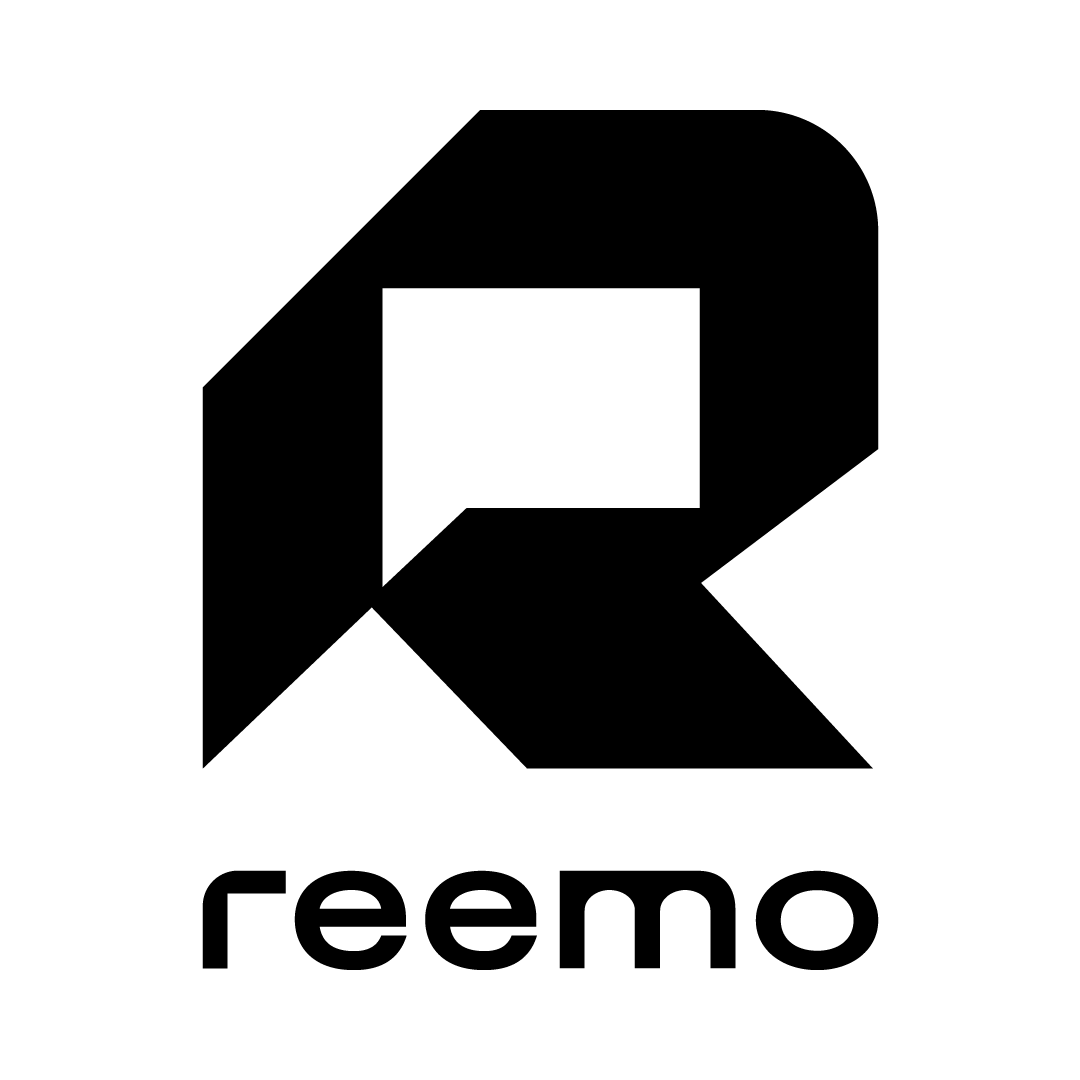Revolutionizing Healthcare Management at Home
In the rapidly evolving landscape of healthcare management, the role of remote monitoring devices cannot be overstated. As clinical buyers at health plans, your mission is to enhance patient engagement while ensuring effective decision-making and delivery of care. Remote monitoring devices offer a transformative solution, shifting healthcare management from traditional settings to the comfort and convenience of patients' homes.
Enhancing Patient Engagement
Engaging patients in their own care has long been a challenge in healthcare. However, remote monitoring devices provide a game-changing opportunity to bridge this gap. By allowing patients to actively participate in monitoring their health parameters, these devices empower individuals to take control of their well-being.
Through continuous monitoring of vital signs, medication adherence, and other relevant metrics, patients gain real-time insights into their health status. This heightened awareness fosters a proactive approach to healthcare, as patients become more attuned to changes and more likely to adhere to treatment plans.
Shifting Healthcare Management to the Home
Traditionally, healthcare management has predominantly occurred within clinical settings. However, the paradigm is shifting towards home-based care, driven by the proliferation of remote monitoring devices. By leveraging these technologies, healthcare providers can extend their reach beyond the confines of hospitals and clinics, delivering personalized care directly to patients' homes.
This shift offers numerous benefits, including:
Convenience: Patients no longer need to travel to healthcare facilities for routine check-ups, reducing logistical barriers and enhancing access to care, particularly for those in rural or underserved areas.
Cost-efficiency: Home-based care can lead to significant cost savings for both patients and healthcare systems by minimizing hospital readmissions, reducing healthcare utilization, and optimizing resource allocation.
Improved Outcomes: By facilitating early detection of health issues and enabling timely interventions, remote monitoring devices contribute to improved health outcomes and a higher quality of life for patients.
Effective Decision-Making and Delivery of Care
In addition to enhancing patient engagement and shifting healthcare management to the home, remote monitoring devices also play a crucial role in enabling effective decision-making by healthcare providers. The wealth of data collected through these devices provides clinicians with valuable insights into patients' health trends and enables them to make informed decisions regarding treatment plans.
Moreover, remote monitoring devices facilitate closer collaboration between patients and healthcare providers, fostering a more personalized and patient-centered approach to care delivery. Through remote consultations and virtual care models, clinicians can closely monitor patients' progress, adjust treatment regimens as needed, and provide timely guidance and support.
Conclusion
As clinical buyers at health plans, embracing remote monitoring devices is essential for driving positive change in healthcare management. By enhancing patient engagement, shifting healthcare delivery to the home, and enabling effective decision-making, these devices have the potential to revolutionize the way care is delivered.
By harnessing the power of remote monitoring devices, we can create a healthcare ecosystem that is not only more efficient and cost-effective but also more patient-centric and empowering. Together, let us seize this opportunity to transform healthcare delivery and improve outcomes for patients around the world.
